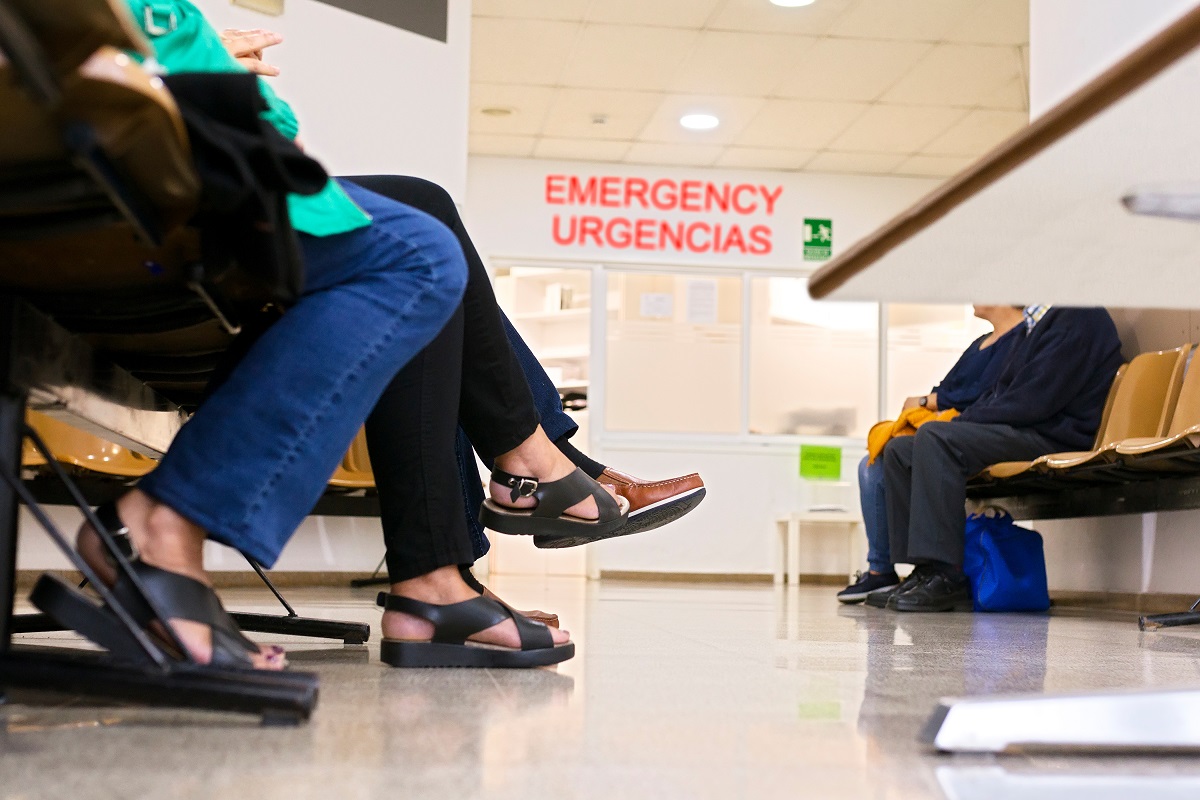Four Must-Haves for Successful Health Equity Fundraising
Mary Anne Chern, FAHP, ACFRE
Published: 02/15/2023

This post is adapted from an article, Health Equity Fundraising: Exceed Your Goals and Re-Ignite Your Purpose, originally published in the spring 2022 journal. Mary Anne Chern, FAHP, ACFRE shares her must-haves for successful health equity fundraising that provide a solid framework for those looking to begin their health equity fundraising journey or those looking to improve. Only four must-haves are mentioned in this post, but you can read the entire article here.
For health equity there are many criteria to evaluate in addition to determining fundraising feasibility before embarking on a project: value of the project to the hospital both in terms of dollars as well as short- and long-term operational value, value to the community in terms of services provided, and the value of engaging a new donor base and new community leaders for your organization. In more than two decades of health equity fundraising, here are a few things I’ve learned which are critical to success.
- Read your hospital’s Community Health Needs Assessment (CHNA) carefully, and review those of nearby hospitals serving the same community/zip codes. The CHNA is typically found on the hospital website. If you are at a healthcare organization that is not required to file a CHNA, read the CHNA for hospitals located in your service areas.
- Develop a relationship with your emergency room physicians. They are uniquely aware of health equity issues in the community because they see cases every day. ER physicians aren’t specialty-focused, and they ask patients many questions to gather information about the root cause of illness that has sent them to the ER.
For example, is the child sick from eating lead paint at home? Are diabetic patients being re-admitted over and over again from the ER because they lack refrigeration for medications? ER physicians can often provide current health equity insights that are not apparent in a CHNA prepared every three years.
- Review your organization’s operating budget and strategic plan; identify opportunities to relieve current operating expenses or secure funding for upcoming projects that can tangentially impact health equity. Emphasize these opportunities.
For example, it’s a huge health equity issue when public transportation to your location is not accessible to community members who cannot afford cars or taxis. If your hospital already provides free transportation to help patients access services, then raise monies to offset expenses such as van purchases, maintenance, and drivers. At our hospital we raised 6-figure funding every year to underwrite transportation; we documented the miles traveled and zip codes of transported patients, as well as other information.
- Focus on health equity projects where you can regularly and accurately measure impact and identify both baseline and goal metrics. Provide a realistic timeline, budget, and plan for sustainability if the project will continue long-term.
Impact measures can include numbers of vaccinations given, numbers of patients transported, tons of food given away, amounts of BMI reductions, percent of patients screened, etc.
Read the rest of the article here.